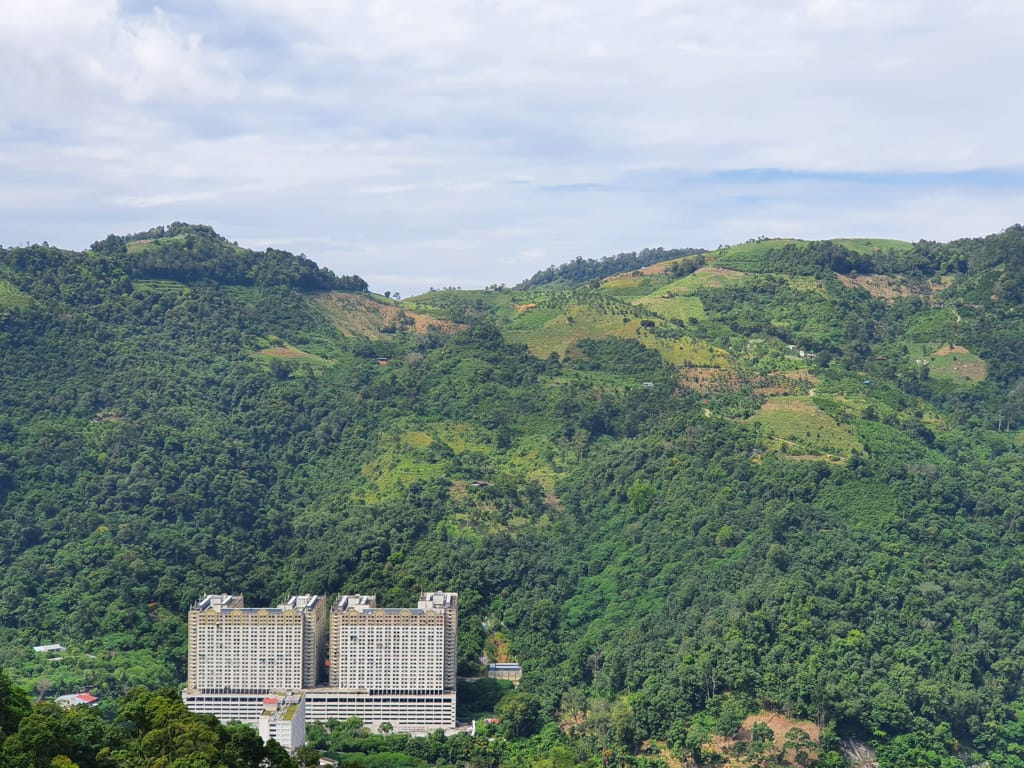Walking Through Penang’s Lesser Hill Range—The Trans Nine Peaks
By Rexy Prakash Chacko
June 2025 FEATURE
Rexy Prakash Chacko

is an electronic engineer by profession and a nature lover by passion. While he spends his weekdays earning a living at the Bayan Lepas Free Industrial Zone, his weekends are spent reflecting and recharging on the green hills of Penang.




